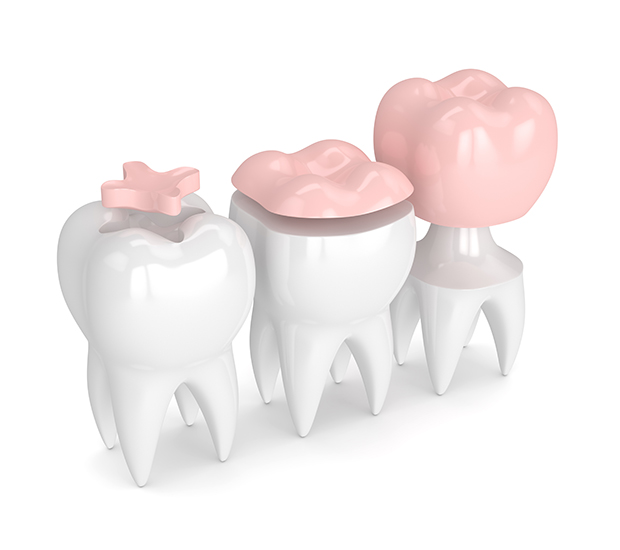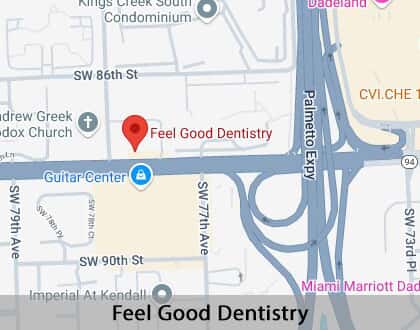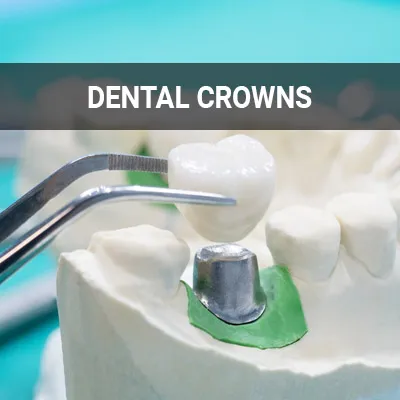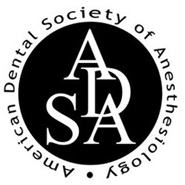Dental Inlays and Onlays Miami, FL
Dental crowns and fillings are pretty common procedures used to fill in cavities and decay. However, there are alternatives out there. Dental inlays and onlays can also be used. They are stronger than a filling, but not as invasive as a crown, which may involve having to reshape the tooth.
It is helpful to think of inlays and onlays as the middle ground between fillings and a crown. Dental inlays and onlays are available at Feel Good Dentistry in Miami and the surrounding area. Call us at (305) 230-4484 to schedule an appointment to learn if this treatment option could work for you.
Inlays and Onlays Explained
An inlay is a molded and fitted filling used to treat minor tooth decay, fracture, or other dental damage. It is most often used to restore a tooth that has a cavity that does not extend past the center. They are created using an imprint of the affected area.
Getting a dental inlay fitted onto your tooth is relatively simple. Once the area has been cleaned of decay, an impression will be taken and sent out for manufacturing. The inlay will be made out of tooth-colored porcelain or composite resin material. It is then bonded to your tooth.
Onlays also fit inside the tooth but can extend further over the tooth than an inlay. They are also called partial crowns. Dentists choose this option when a cavity is too big for a standard filling, or the tooth is at risk for cracking. An onlay will strengthen the tooth along with protecting the decaying area.
The dentist prepares the tooth similar to a filling. A temporary onlay is placed over the cavity and an impression is sent out to make the permanent onlay out of porcelain or composite material. With an onlay, more of the tooth's structure is preserved.
Inlays and onlays are typically made of similar, tooth-colored materials. While they both are used to fill in areas of decay, an onlay can work for a larger area, including the cusps, or edges, of the tooth. Compared to traditional fillings, inlays and onlays can increase tooth strength.
“Inlays and onlays are typically made of similar, tooth-colored materials.”
Inlay or Filling
Inlays are a cosmetic treatment that can replace old fillings. Increasingly, patients have had the option to choose between a filling or inlay when treating a cavity. We use an impression of the cavity in question to ensure the inlay is the exact size and shape, as opposed to other options that may weaken the tooth. In this way, the cemented inlay strengthens the tooth rather than weakening it.
As inlays become more popular because of their appearance, fillings are hardly ever requested. However, a dentist may resort to a filling for cases in which the patient is allergic to the inlay material used. In many cases, special dental material can be used as an inlay to provide the patient with the highest level of comfort.
“Inlays are formulated using an impression of the cavity and are fabricated to the exact size and shape of the cavity as opposed to being filled in.”
Onlay vs. Crown
An onlay is generally used when a patient has a small hole that is only a tad larger than an inlay or old filling. In most cases, an onlay can cover the cavity hole and surrounding area. Onlays are a less aggressive restoration treatment than crowns as a smaller amount of tooth structure needs to be removed.
On the other hand, crowns are caps or covers used to restore the function and appearance of a tooth but replace the tooth itself. According to the article on caps and crowns, "Crowns are indicated for teeth with very large fillings, teeth that have had a root canal, fractured teeth, worn teeth due to grinding, and misshapen and/or discolored teeth." The key distinguishing factor a dentist will use to determine the right choice for a patient is the size of the cavity.
“The key distinguishing factor a dentist will use to determine the right choice for a patient is the size of the cavity.”
Check out what others are saying about our dental services on Yelp: Dental Inlays and Onlays in Miami, FL
Benefits of Inlays and Onlays
Inlays
The key benefits of inlays lie in their durability and strength. They are intended to protect and seal the tooth from further damage using cemented material custom-fit to each tooth. The sealed inlays also protect the tooth from air and food particles from entering the tooth, which causes a sensitive sensation. Before an inlay treatment, the dentist removes all bacteria from inside the tooth and throughout the hole, attaining a higher level of oral hygiene. Inlays are more stable and stay in your tooth for much longer than a filling with proper oral care.
Onlays
Onlays have much of the same benefits as inlays. An added benefit to onlays is they can save much of the patient's tooth structure and provide additional strength and support for the affected tooth. Crowns require treatment and typically involve removing the entire tooth, or at minimum, much of the tooth structure. Onlays are also custom-fit for each patient and use stain-resistant material, making them last much longer without affecting appearance.
“Before an inlay treatment, the dentist removes all bacteria from inside the tooth and throughout the hole, attaining a higher level of oral hygiene.”
Questions Answered on This Page
Q. Should I get an inlay or a filling?
Q. Should I get an onlay or a crown?
Q. What are the key benefits of inlays and onlays?
Q. Can you explain inlays and onlays?
People Also Ask
Q. What are composite fillings?
Q. How can a person's diet help with tooth decay?
Q. What should patients do if they have sensitive teeth?
Q. How can dental cosmetics improve oral health?
Q. What lifestyle choices help promote good oral health?
Differences Between Inlays, Onlays, and Veneers
Veneers are customized coverings placed over the front part of the teeth. They are not meant to protect or treat the teeth and will not provide coverage against damage or decay. Before placing in the veneer, the dentist shaves down most of the tooth to make room for the full tooth-sized veneer. Since veneers are irreversible, if one becomes chipped or broken, the patient will have a cracked or missing tooth until it is corrected.
Inlays and onlays do much more to save the teeth and protect against further damage with protective, specialized dental material. Once an inlay or onlay fills the tooth, the gaping hole and surrounding area are sealed, making it easier to maintain oral health and prevent future decay. Veneers are cosmetic appliances used primarily to cover up damaged and decayed teeth, much like crowns and caps.
Frequently Asked Questions about Inlays and Onlays
Q. Does my insurance cover inlays and onlays?
A. Dental insurance coverage varies from person to person. You will want to reach out to your insurance provider directly to find out if they cover inlays and onlays. Our staff will help you determine any out-of-pocket costs.
Q. What is the difference between inlays and onlays?
A. An inlay is meant to fit in the center of a back tooth and covers only a portion of the chewing surface. An onlay will cover more of the tooth, such as the small points or ridges along the sides. Both inlays and onlays are made from impressions of the area so they are a perfect fit.
Q. Can I get an inlay or onlay in one visit?
A. Since inlays and onlays are made off-site, they require two office visits to be put into place. Once the decay and damaged material are removed, our dentist will make an impression of the site to be filled. A temporary covering will protect your tooth between visits.
Q. What can I expect after getting an inlay or onlay?
A. After the procedure, there is usually a little discomfort, but most patients can adapt to the new chewing surface quickly. Sometimes the tissues around the area worked on are sore or the tooth is sensitive to hot and cold. These issues should fix themselves in one or two days.
Dental Terminology
Learn More About Inlays and Onlays Today
If you are considering replacing your old fillings and crowns or want to schedule a consultation appointment, call us at 305-230-4484 to speak to Feel Good Dentistry. By taking full-mouth X-rays, a custom treatment plan will help to meet your needs.
Helpful Related Links
- American Dental Association (ADA). Glossary of Dental Clinical Terms. 2025
- American Academy of Cosmetic Dentistry® (AACD). Home Page. 2025
- WebMD. WebMD’s Oral Care Guide. 2025
About our business, license, and website security
- Feel Good Dentistry was established in 1998.
- We accept the following payment methods: American Express, Cash, Check, Discover, MasterCard, and Visa
- We serve patients from the following counties: Miami-Dade County
- We serve patients from the following cities: Miami, Doral, Hialeah, Fontainebleau, Homestead, Sweetwater, Coral Gables, Kendall, South Miami, Westchester, Pinecrest, Dadeland, Coconut Grove, Palmetto Bay, and Brickell
- FL (License #DN14923). View License Information and Specifics
- National Provider Identifier Database (1528403946). View NPI Registry Information
- Healthgrades. View Background Information and Reviews
- Norton Safe Web. View Details
- Trend Micro Site Safety Center. View Details
Back to top of Dental Inlays and Onlays














